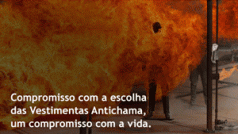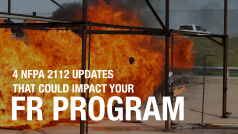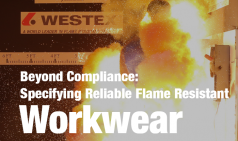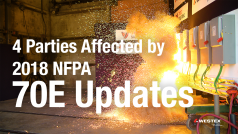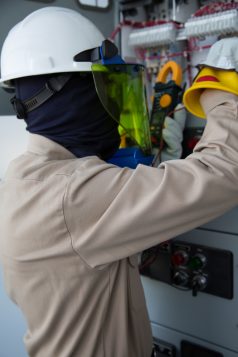Existe potencial para fogo repentino na indústria de óleo e gás. O fogo repentino é sorrateiro, uma intensa explosão causada pela ignição de substâncias inflamáveis no ar.
Enquanto o fogo repentino não pode ser completamente evitado, os trabalhadores de óleo e gás podem tomar medidas de precaução estratégicas para se dar alguns segundos de fuga se um fogo repentino acontecer. Abaixo estão oito informações importantes que os trabalhadores de óleo e gás devem saber sobre fogo repentino, de sua causa e duração até o adequado Equipamento de Proteção Individual (EPI). Read More



